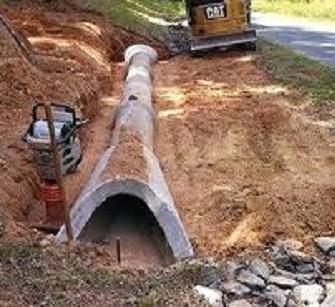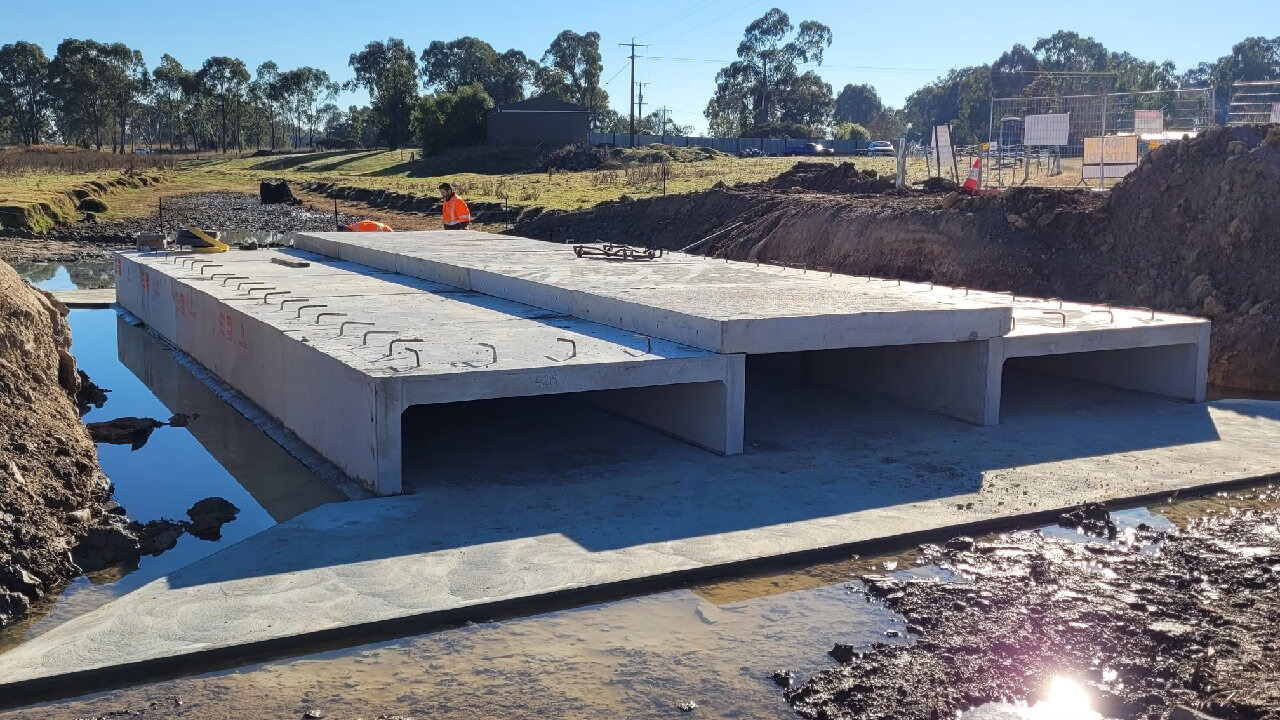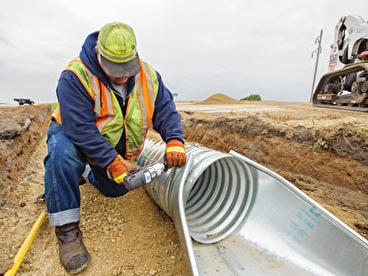Thorough Underbrush Clearing for Land Management
Thorough Underbrush Clearing for Land Management
Blog Article
Mastering Culvert Installment: Increase Your Land Water Drainage Efforts
Effective land drain is an important element of successful agricultural and framework projects. Culverts play a substantial role in handling water circulation and stopping disintegration, making their appropriate installation important. From picking the best products to implementing best practices, understanding culvert installment can dramatically improve the efficiency and durability of your land drainage system. By recognizing the intricacies of culvert setup, you can enhance your drainage efforts and ensure lasting land usage techniques.
Value of Culvert Setup
Ensuring correct culvert installation is critical for preserving efficient land water drainage systems. Culverts play an important function in taking care of water circulation, avoiding disintegration, and keeping the architectural honesty of roadways, bridges, and various other infrastructure. Correct setup of culverts aids to direct water far from roads and structures, minimizing the risk of flooding and water damages. Additionally, well-installed culverts help in avoiding sediment buildup, which can result in blockages and decreased water flow.
Appropriate Sizing and Placement

Proper placement of culverts is just as important. Culverts need to be positioned at the cheapest factor of the location calling for drain to guarantee efficient water circulation.
Product Choice Tips
Selecting the right products is extremely important in making sure the sturdiness and performance of culverts for effective land drain systems. When choosing materials for culvert installation, it is important to take into consideration elements such as the water circulation price, dirt structure, and ecological problems of the website.
One of the most typical materials utilized for culverts is corrugated metal (Tree next removal). Corrugated steel culverts are resilient, cost-efficient, and very easy to mount. They are suitable for areas with high water circulation rates and can hold up against heavy loads. Another popular option is concrete culverts, which supply superb toughness and long life. Concrete culverts are ideal for areas vulnerable to rust or when a longer service life is wanted.
For eco sensitive areas, plastic culverts may be preferred. In addition, in locations where all-natural visual appeals are crucial, materials like stone or timber can be made use of to construct culverts that mix seamlessly right into the environments.
Installment Strategies and Best Practices
Given the important relevance of product choice in making sure the functionality and longevity of culverts, the setup methods and best techniques play an essential function in the general success of land drain systems. Proper setup is crucial to stop issues such as leakages, Go Here falls down, or clogs that can compromise the efficiency of the culvert.

During installment, care must be taken to align the culvert properly and give correct assistance to protect against deformation. Backfilling needs to be done gradually and compacted in layers to stay clear of voids and settlement. Proper compaction is important to prevent shifting or sinking of the culvert in time.

Maintenance and Long-Term Treatment
Carrying out an extensive maintenance plan is important for making certain the long life and reliable efficiency of culverts in land drainage systems. Clearing up debris such as fallen leaves, branches, and sediment is important to protect against obstructing and keep the circulation ability of the culvert.
Routine upkeep jobs may include cleaning, repairing joints, reinforcing inlet and electrical outlet structures, and ensuring correct incline and positioning of the culvert. Maintaining detailed records of maintenance tasks, evaluations, and fixings is vital for tracking Learn More the condition of the culvert over time and planning future upkeep demands.
Final Thought
Finally, understanding culvert installation is critical for effective land drain. Appropriate sizing, positioning, product selection, installment strategies, and maintenance are vital variables to take into consideration. By complying with finest practices and executing long-lasting care methods, landowners can boost their drainage efforts and make certain the long life and capability of their culverts. It is vital to prioritize these facets to avoid water damage, disintegration, and other expensive concerns on the residential property.
Report this page